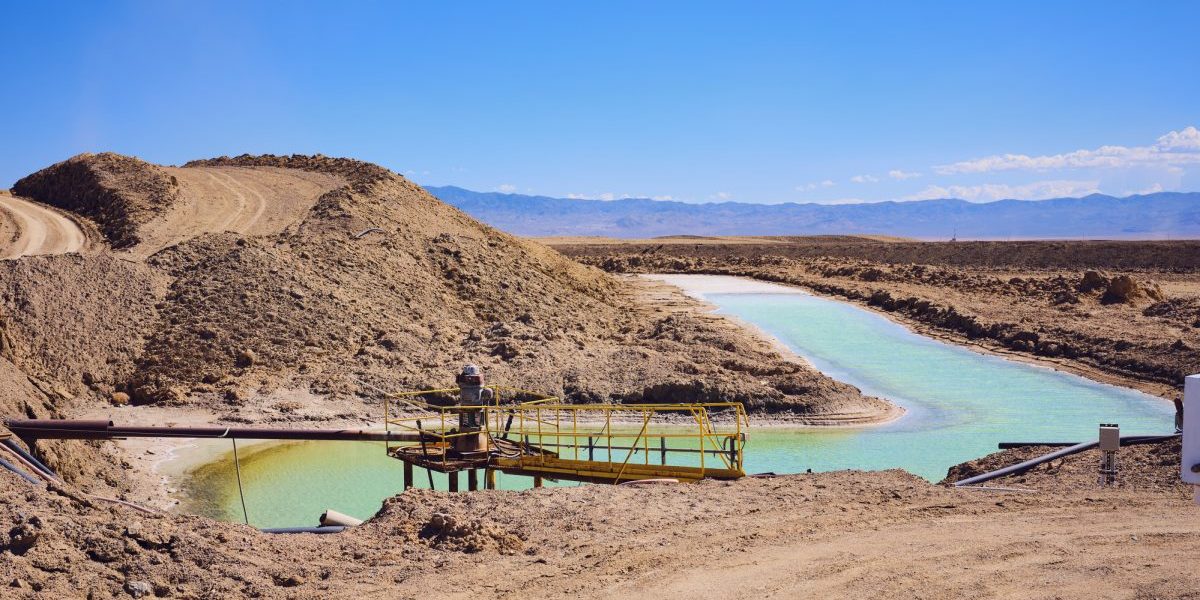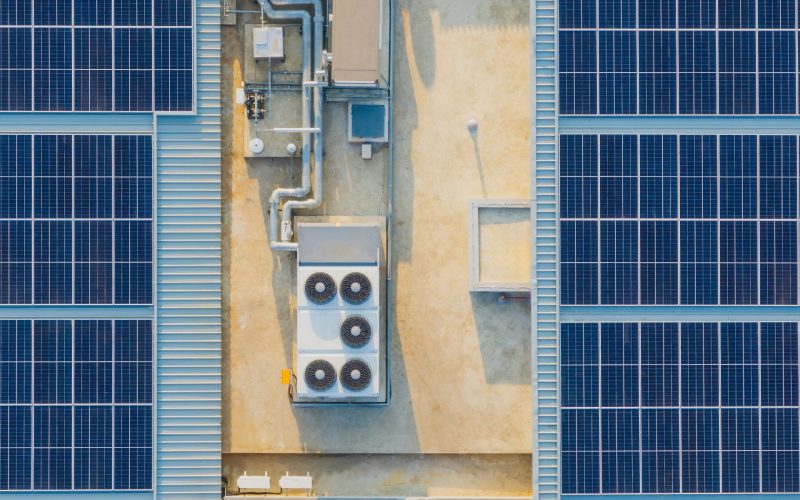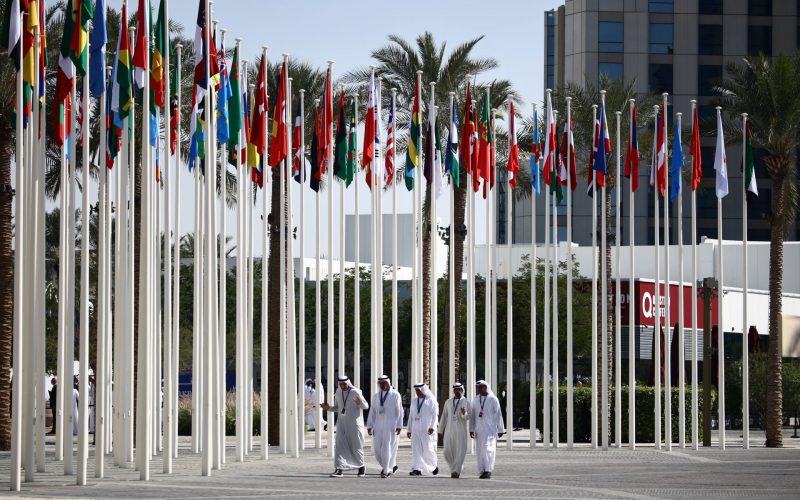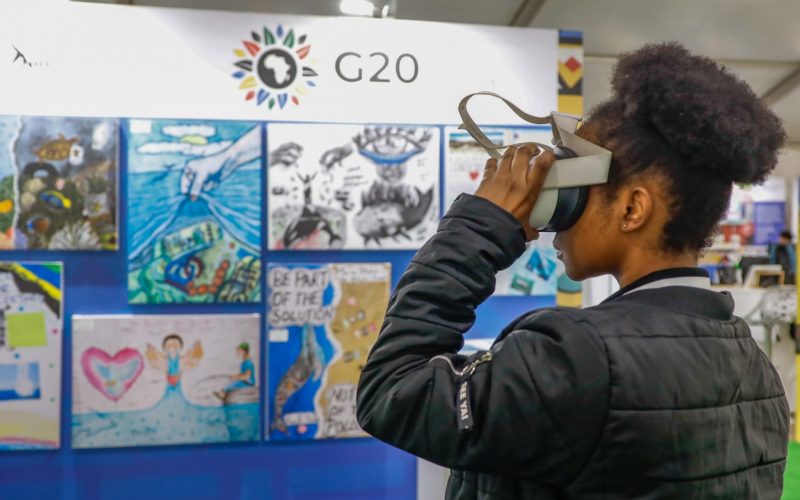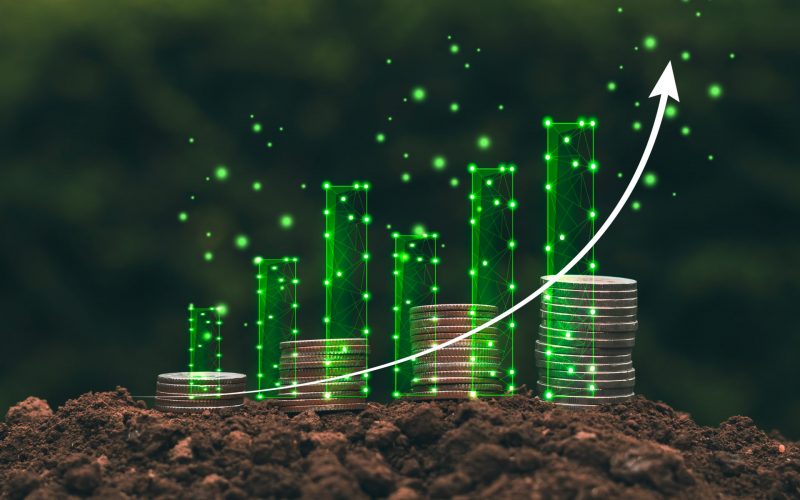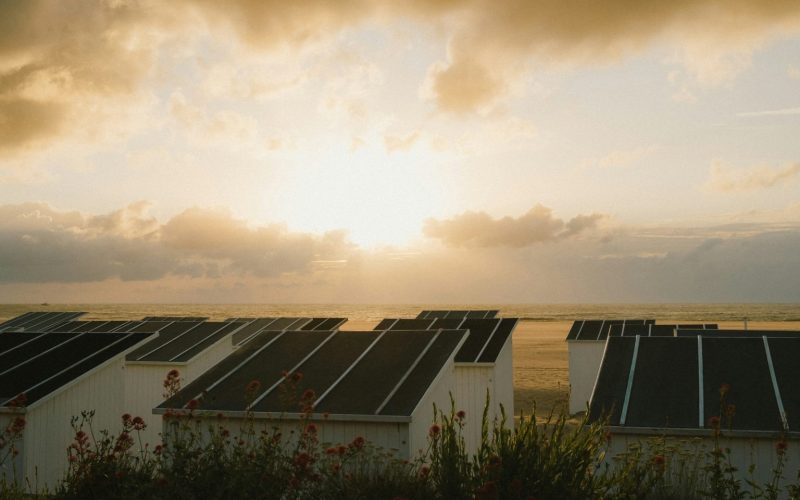Introduction
In order to achieve global net-zero emissions by 2050, renewable energy deployment must expand immensely. This, in turn, will require a significant increase in critical mineral inputs for batteries, solar panels and other green technologies. But historic underinvestment in mineral exploration and broad structural issues arising from the high geographical concentration of mineral reserves makes matching the increasing demand for mineral resources challenging. As countries and regions seek to grow their own green technology production capacity, securing sufficient and reliable supplies of critical minerals has become an issue of increasing strategic concern. Sub-Saharan Africa is home to approximately 30% of global mineral reserves, including cobalt, lithium, graphite and others. It is crucial that the region leverages global demand for minerals to pursue its own developmental agenda. By taking a more assertive role in the restructuring and expansion of mineral value chains, Africa can position itself as a key player in the global green transition.
Green, critical and transition minerals: Same but different?
While the term ‘critical minerals’ has become widely used to refer to those minerals that are essential for the production of green technologies such as batteries and solar panels, this term has a wider meaning. Definitions tend to emphasise the importance of these minerals from an economic and/or security perspective and the vulnerability of supply chain disruptions due to the concentration of sources and lack of adequate substitutes. This includes minerals that may be essential in technologies that are not related to renewable energy, such as military applications. It is important to note that this is not a static definition – many states compile lists of critical minerals that are periodically updated.
Other terms have come to be used to narrow this definition in order to emphasise those minerals that are specifically important for renewable energy technologies. A newly established United Nations panel uses the term ‘critical energy transition minerals’, while in the Africa region the term ‘green minerals’ is often preferred. In a working paper published by the African Development Bank in preparation of the African Green Minerals Strategy (which is currently under development), it is argued that critical mineral lists ‘are strongly influenced by an industrial-military paradigm, which seeks a security of supply by countries that are in some cases not themselves major producers of these minerals’. The paper argues that such a conceptualisation ‘is unsuited to Africa’s needs, but nevertheless raises an important issue of the very real competition for resources and opportunities, as well as the risks posed by the rising demand for green minerals’.
Africa’s ambitions and growing global competition
Africa has contributed less than 5% of the world’s greenhouse gas emissions, yet the continent is among the regions most vulnerable to climate impacts. Africa is also the region most affected by energy poverty, with over 40% of the region’s population lacking access to electricity, while pressing challenges related to growth, development and industrialisation also face the continent. There is thus a strong interest in Africa to leverage the region’s mineral wealth to expand energy access and support jobs and economic growth through green industrialisation.
Globally, supply chains face mounting disruptions as political upheavals and other crises generate wider impacts. The COVID-19 pandemic, as well as the ongoing conflicts in Ukraine, the Middle East and Central Africa, have caused businesses and policymakers to reflect on the structure of global supply chains and the inherent risks associated with trade interdependencies.
Since the early 2000s, China has taken both policy and diplomatic steps to establish itself as the dominant stakeholder in critical mineral supply chains. For example, through its Belt and Road Initiative and resource-for-infrastructure agreements, China has emerged as the leading financier of African infrastructure projects and has invested significantly in mining operations. At the same time, China has invested heavily in its own domestic mineral processing capacity, with the result that China has become the leading production of refined and value-added products for a wide range of minerals and metals. While most mineral ores are transported to China with little or no processing, Chinese investments have more recently evolved to not only cover the extraction of minerals but also the refining and processing of these minerals in Africa. Processing projects by Chinese companies include a $300 million lithium processing plant in Zimbabwe. China dominance in the supply chains of most green technologies, as well as control of a significant share of critical minerals production, is increasingly seen as a risk by other major economic centres.
The United States (US), European Union (EU) and others are increasingly turning to trade and industrial policy interventions to promote their own green industries and ensure adequate and reliable supply of critical minerals. To lessen overdependence on Chinese mineral supply chains, the US and allied countries have developed the Mineral Security Partnership (MSP). As part of efforts aimed at diversifying supply chains, this initiative seeks to use increased international cooperation to develop new and existing mining projects in different regions, including Africa.
Other regions are also strengthening their engagement with Africa around energy and minerals. The capital-rich Middle East has growing interests on the continent and has made strategic investments to support Africa’s energy goals, while leaders attending the inaugural Korea-Africa Summit in June 2024 pledged to establish a critical minerals dialogue to support stable minerals supply and mineral resource development.
Enhancing African agency
Since the AU adopted the African Mining Vision (AMV) in 2009, it has acted as a framework to provide policy coherence for the sustainable development of Africa’s natural resources. Further, in 2017 the African Minerals Governance Framework was designed as a monitoring and accountability tool for the implementation of the AMV. The AMV clearly outlines Africa’s ambitions to increase the benefits the continent derives from its mineral wealth, including through processing and mineral resource-based industrialisation. It also establishes a common commitment to a well governed, socially and environmentally responsible mining sector. The African Mineral Development Centre is a specialised agency of the African Union with the mandate to support African Union Member States in the implementation of the AMV. The AMDC and other regional institutions have been stepping up efforts to support the continent’s ambitions with regards to critical minerals development and processing, including through the abovementioned African Green Minerals Strategy.
At the national level, countries with significant mineral reserves are imposing measures to promote local value addition. Tanzania, Zimbabwe, Namibia and other countries have all imposed some measure of export restrictions to promote domestic value addition. Zambia and the Democratic Republic of Congo have signed a partnership agreement to produce nickel, manganese and cobalt battery precursors.
Opportunities and risks
As long as the primary interest of external partners remains the sourcing of critical minerals from Africa without complementary investments in domestic processing or environmental and social sustainability, the growing demand for critical minerals is unlikely to result in a mutually beneficial outcome for Africa. A more closed and fragmented international trading system is likely to disproportionately disadvantage African economies. African countries must also account for the policy risks and repercussions created by the resurgence of “green protectionism” in industrialised countries. In short, while African countries must focus on developing policies to foster the domestic value addition of minerals, they must also consider how these policy efforts may be supported or undermined by the policy efforts of industrialised countries elsewhere.
The absence of serious governance and policy reforms will relegate Africa to its historical role as the supplier of raw materials, without robust development of the continent’s local production capacity or employment benefits for national economies. Additionally, without strong governance measures, Africa’s local communities and environment will suffer the adverse consequences of new and existing mineral extraction. This is concerning, as African countries are not only less resilient to external economic shocks but are also disproportionately impacted by climate change.
Due to the extensive and relatively underexplored mineral reserves on the continent, many African countries are utilising their newfound bargaining power in the global energy transition to rectify this inequality by pressing for greater value addition and improved mineral governance on the continent. However, while the present emphasis on reshaping mineral supply chains presents an opportunity for mineral-producing countries, it is important to recognise that this opportunity will gradually diminish as industrialised countries take steps to address and manage supply risks. It is therefore vital that African policymakers actively seize the opportunity to position the continent as a critical player in green value chains and leader in the energy transition. Partnerships with actors that can support investments in mineral processing and governance will allow the African Union and its Member States to manage operations on the continent and promote linkages between the continent’s resource wealth and the achievement of sustainable development in line with Agenda2063.
Conclusion
The growing demand for critical minerals from Africa and other regions has led to increased exploration and mining activities by different interests. These competing interests provide a policy lever that Africa can use to form mutually beneficial partnerships to develop its own mineral extraction and processing, with appropriate social and environmental safeguards. This requires a new form of climate diplomacy which emphasises greater intra-African coordination to strengthen the continent’s bargaining position. If guided by a comprehensive mineral governance framework like the African Green Minerals Strategy, Africa can navigate the broader geopolitical reality and secure its pivotal role throughout the global energy transition and global green technology value chain.
Explore SAIIA’s research on extractives.

